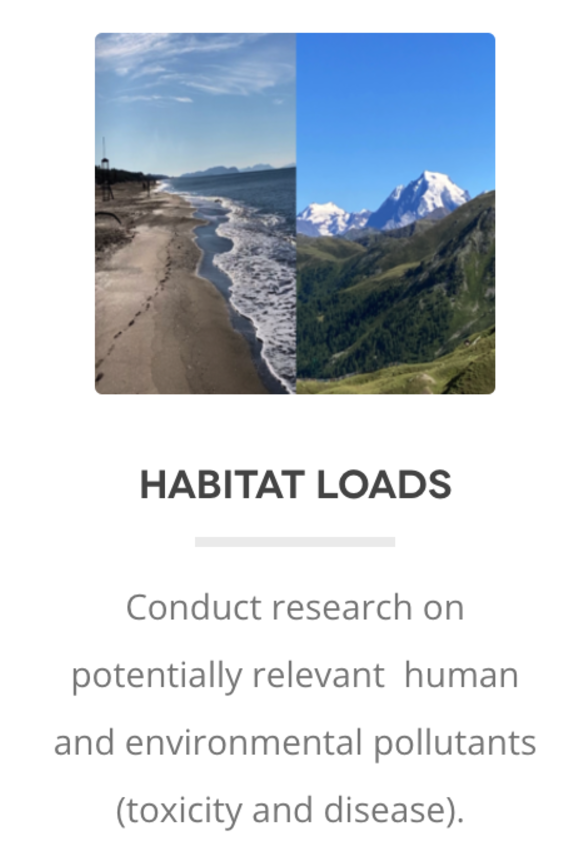Human and environmental exposure

Beginning in 2020, our environmental research – always also including software modelling work (link to section math modelling and software) – began specializing in the study of potential harms, contamination, and toxins, which in today’s world have potential medical relevance and which are not necessarily the exclusive consequences of unintentional human interference with the natural environment. Such or other interferences may be manifested, for example, in the potential accumulation of chemicals, particles, metals, and other potentially harmful substances (toxins) in the human bodies of sick or healthy people (or other organisms in the environment). Possible examples of blood tests are listed below, alphabetized largely incompletely*. Disease patterns in the evidence (see the section of our page on chronic diseases) can also potentially be understood in the context of exposure to so-called political or social currents (not specified here) and crises of various kinds, regardless of whether and how they are scientifically motivated.
Our goal is conducting private or public research on the topics described above at the highest quality level. Commissioned projects are contractually regulated, with full freedom of action for researchers. We collaborate in a variety of ways globally with private and industrial partners, government institutions, and, if necessary, other experts.
* Aftatoxin B(1), Aluminium, Antimony, Benzoquinone, Cadmium (Cd), Cetyltrimethylammoniumbromid (CTABr), Chlorotoluene, Chromium-VI, Diesel exhaust gases, Eiphenol A (BPA), Formaldehyd, Fumigadin/Fumonisin, Fungisterol, Glyphosat / AMPA, Lead, Lindan & Isomere, y-Hexachlorcyclohexan, Mercury inorganic, Mercury organic, Nickel, Nitrosamine, Organophosphate, Phthalate, Polybrominated Biphenyl (PBB), Triclosan.
Contact Information
Chaflur 136B
7558 Strada i.E., Switzerland
Consulting services
Advice
We also offer consulting services for individual clients and corporations, be they public or private institutions.
Reserach
We operate independently and collaborate both in Europe and throughout the world with leading partners.
Focus
Our focus is e.g. on pragmatic advances in research, counseling and laboratory analysis related to metabolic health and other.
Product development
We develop products for consumers to promote their health and a good life.
© (2011-2025) ETSS AG